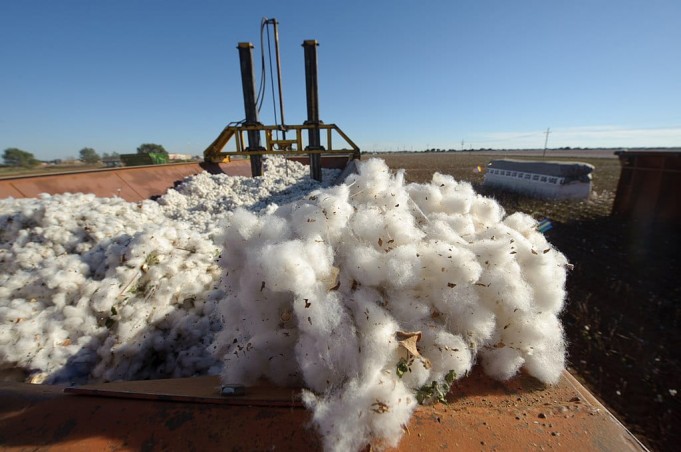The United States plays a very important role in the cotton industry. It is the largest producer as well as the exporter of cotton. The production of cotton in the United States is about 20 million bales, which equals to 7 billion dollars in total value. The United States is the third most cotton provider across the globe, and this is the reason it is known as the largest producer of cotton. The United States provides an opportunity for local farmers to market their cotton in the world which leads to global trade. In this article, we discuss the cotton harvest market analysis.
There are two main types of cotton production across the globe, i.e., including the US:
- Pima
- Upland cotton
The key difference between the two is, Upland cotton is quiet larger and grows in different climatic conditions. Among the two, Upland cotton comprises a larger proportion of cotton.
Cotton Harvest Market Analysis
Cotton is a versatile product that is used to produce the most important products used by humans, i.e., clothes. So, cotton has its important and productive uses, which makes it the leading industry in the world.
Domestic Production
In the US, the planting time of cotton is the month of March to June. However, the harvesting time ranges from August to December. Most of the cotton grown in the US are found in the area known as “cotton belt”. This area comprises of the 17 southern states. The highest production of cotton is done in Texas. Moreover, Texas has done about 45% of US cotton production in recent years. Cotton is highly suited for the High Plain region, and the people living in Texas residing in these areas depend on cotton production for meeting their financial needs.
At the harvest, cotton is harvested and bought to gin. The cotton seeds are separated and pressed with bales. Now, the cotton is also ready to export or use by a mill. A small sample is also sent to the USDA classing office in the US. In the USDA office, the grading is given to the quality of cotton-based on which it is marketed.
Policy
In the US, the USDA regulates the quality of cotton. It marks cotton based on the quality it holds. The agricultural act of 2014 also impacts a key piece of government legislation. Unlike other commodities, cotton is not covered under the Price loss coverage (PLC), and the agriculture risk coverage (ARC) formed in the 2014 farm bill.
It is covered under 2 different segments:
- The supplementation coverage option (SCO)
- Stacked income production plan (STAX)
Global Supply of Cotton
On a global basis, production and consumption may vary. But the long term trends continue. Major factors that also affect the production and supply of cotton include:
- Biotechnological innovations
- Increasing farm mechanism
- Population growth and economy growth
However, the growth is even punctuated by the period of continuous decline. In 2008, the customer demand was decreased on a large basis, due to the recession period. However, in 2015, production was again decreased due to the boycotting of Chinese goods and cotton production costs.









